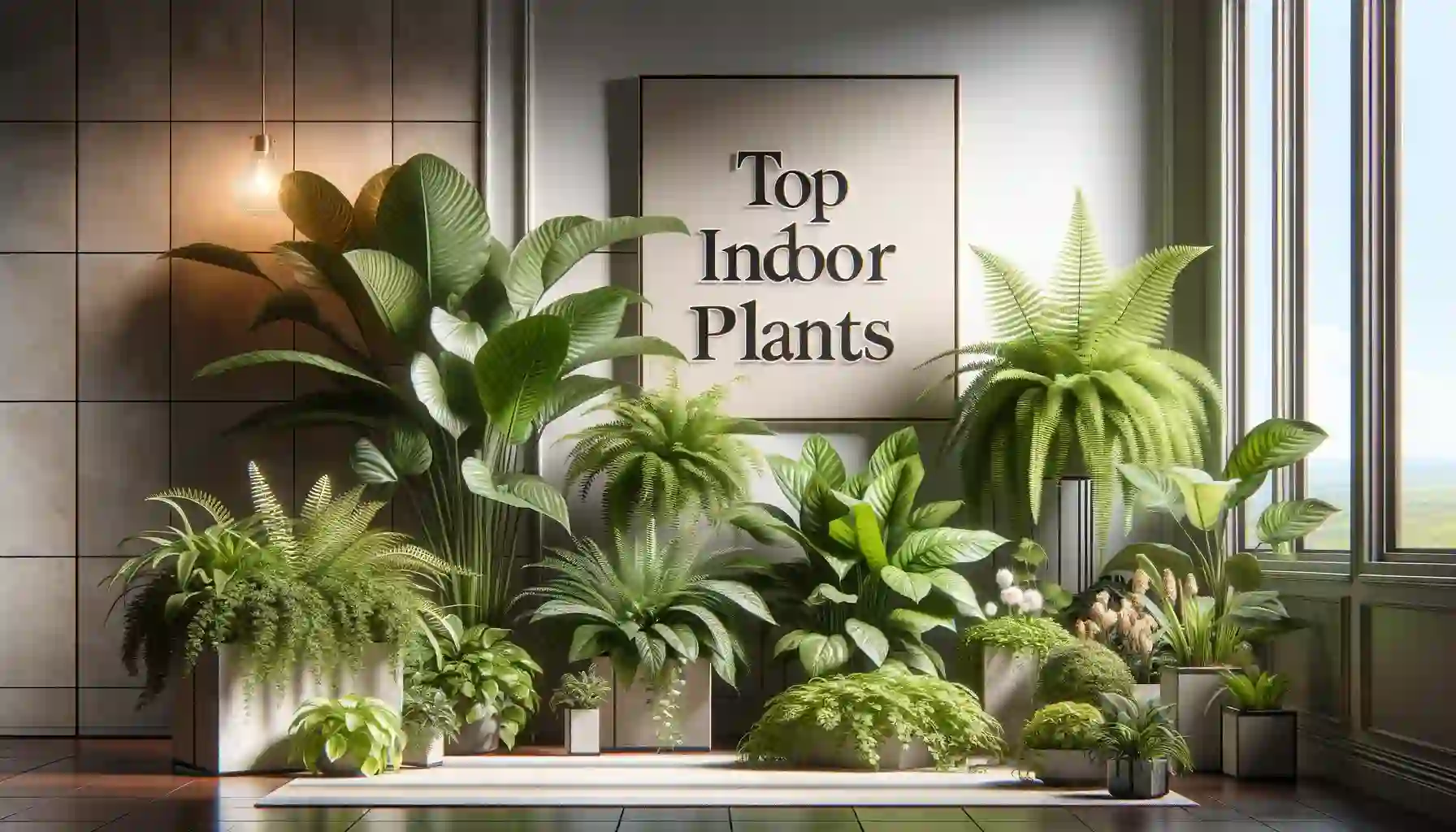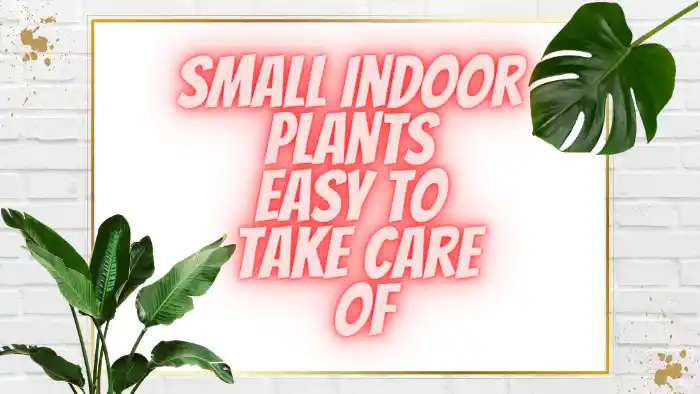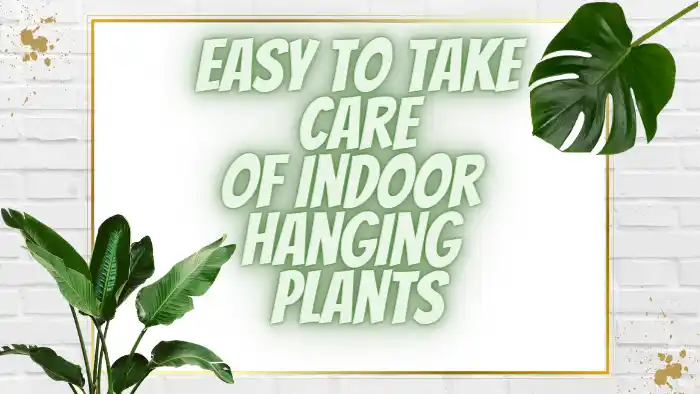Discover the best indoor plants suitable for Pakistan’s climate and conditions. From low-maintenance options to plants that thrive in low-light environments, i will provide
you with a list of indoor plants that can bring beauty and freshness to your home in Pakistan.
Learn about their names, characteristics, and care requirements to create a lush and vibrant indoor garden.
Introduction to Indoor Plants in Pakistan
Indoor plants are an excellent way to bring nature indoors and add a touch of greenery to your living space in Pakistan.
They not only enhance the aesthetics of your home but also contribute to cleaner air and a healthier environment.
In this section, we will discuss the benefits of indoor plants and why they are well-suited for the Pakistani climate.
Benefits of Indoor Plants
- Air Purification: Indoor plants act as natural air purifiers, absorbing carbon dioxide and releasing oxygen. They also remove toxins from the air, improving indoor air quality.
- Stress Reduction: Research has shown that being around plants can reduce stress levels and promote a sense of calmness and relaxation.
- Improved Productivity: Indoor plants in workspaces have been found to enhance focus and productivity, making them ideal for home offices or study areas.
- Aesthetically Pleasing: Indoor plants add beauty and visual interest to any space, making your home more inviting and appealing.
Why Indoor Plants in Pakistan?
Pakistan has a diverse climate ranging from arid regions to humid areas, making it suitable for a wide variety of indoor plants.
Additionally, indoor plants are an excellent option for those living in apartments or homes without gardens, allowing them to experience the joys of gardening indoors.

Top Indoor Plants for Pakistan
In this section, we will explore some of the best indoor plants that thrive in Pakistan’s climate. Each plant is listed with its common name, scientific name, and a brief description of its characteristics.
Snake Plant (Sansevieria Trifasciata)
- Normal Name: Snake Plant or Mother by marriage’s TongueDescription
Snake plants are known for their upright, sword-like leaves with yellow edges. They are low-maintenance and can tolerate various light conditions, making them perfect for beginners or busy individuals.
ZZ Plant (Zamioculcas Zamiifolia)
- Normal Name: ZZ Plant or Zanzibar PearlDescription: The ZZ plant is a tropical plant with glossy, dark green leaves. It thrives in low-light conditions and requires minimal watering, making it an ideal choice for those with limited natural light indoors.
Chinese Evergreen (Aglaonema)
- Common Name: Chinese Evergreen
- Description: Chinese Evergreens come in various colors and patterns, adding a vibrant touch to any room. They prefer medium to low light and can tolerate occasional neglect, making them suitable for beginners.
Spider Plant (Chlorophytum Comosum)
- Common Name: Spider Plant
- Description: Spider plants have long, arching leaves with white stripes. They are versatile and can endure different light circumstances.Spider plants also produce “spiderettes,” small plantlets that dangle from the main plant and can be propagated easily.
Peace Lily (Spathiphyllum)
- Common Name: Peace Lily
- Description: Peace lilies have dark green leaves and elegant white flowers. They prefer moderate indirect light and high humidity levels. Peace lilies also help purify the air by removing harmful toxins like formaldehyde and benzene.
Aloe Vera (Aloe Barbadensis)
- Common Name: Aloe Vera
- Description: Aloe vera is a succulent plant with fleshy leaves that contain a gel-like substance known for its medicinal properties. It requires bright indirect light and minimal watering, making it well-suited for Pakistani homes.
Pothos (Epipremnum Aureum)
- Common Name: Pothos or Devil’s Ivy
- Description: Pothos is a trailing vine with heart-shaped leaves that come in various shades of green. It is highly adaptable and can thrive in both low-light and bright conditions. Pothos is also known for its air-purifying qualities.
Rubber Plant (Ficus Elastica)
- Common Name: Rubber Plant
- Description: Rubber plants have large, glossy leaves that can be green or variegated. They favor brilliant roundabout light yet can endure lower light levels.Rubber plants benefit from regular pruning to maintain their shape.
Care Tips for Indoor Plants in Pakistan
To ensure the health and vitality of your indoor plants in Pakistan, follow these care tips:
- Light Requirements: Place your plants in areas that provide the appropriate amount of light according to their specific needs. Some plants prefer bright indirect light, while others thrive in lower light conditions.
- Watering Routine: Avoid overwatering or underwatering your plants by understanding their moisture requirements. Most indoor plants prefer slightly moist soil but should not be
Allowed to sit in waterlogged conditions. Use a moisture meter or check the soil with your fingers to determine when to water.
- Humidity Levels: Consider increasing humidity for plants that thrive in moist environments. You can mist the leaves, place a humidifier nearby, or group plants together to create a more humid microclimate.
- Temperature Considerations: Most indoor plants prefer moderate room temperatures ranging from 18-24°C. Avoid placing them near drafts or extreme temperature fluctuations.
- Fertilization: Feed your indoor plants with a balanced liquid fertilizer during the growing season to provide essential nutrients for healthy growth. Follow the recommended dosage on the fertilizer label.
- Pruning and Maintenance: Regularly inspect your plants for any yellowing leaves, pests, or overgrowth. Prune dead or yellowing leaves and repot plants when they outgrow their containers.
- Pest Control: Keep an eye out for common indoor plant pests such as spider mites, mealybugs, and aphids. If infestations occur, treat your plants promptly with natural or chemical remedies.
Best Practices for Displaying Indoor Plants in Pakistan
Enhance the visual impact of your indoor plants by following these best practices for displaying them in your home:
- Grouping: Create visually appealing displays by grouping plants of varying heights, textures, and colors together. This adds depth and interest to your indoor garden.
- Decorative Containers: Choose decorative pots and planters that complement your home decor while providing adequate drainage for your plants.
- Hanging Installations: Utilize hanging planters or macrame hangers to showcase trailing plants and add a dynamic element to your space.
- Vertical Shelving: Consider using wall-mounted shelves or tiered plant stands to display a collection of plants while conserving floor space.
- Statement Plants: Highlight a single large or striking plant as a focal point in a room to create a dramatic and eye-catching feature.
Where to Find Indoor Plants in Pakistan
When looking to purchase indoor plants in Pakistan, consider the following options:
- Nurseries and Garden Centers: Visit local nurseries and garden centers in your area to explore a wide variety of indoor plants suitable for Pakistani conditions.
- Online Plant Retailers: Many online platforms and e-commerce websites offer indoor plants with the convenience of home delivery, allowing you to browse and select plants from the comfort of your home.
- Plant Expos and Markets: Keep an eye out for plant expos or markets where you can find a diverse selection of indoor plants and connect with local plant enthusiasts.
- Plant Swaps and Communities: Join local plant swap groups or communities where you can exchange or purchase indoor plants while engaging with fellow plant lovers.
Pros:
- Indoor plants like Boston ferns are suited to Pakistan’s climate, thriving in high humidity and low light conditions, making them easy to maintain.
- Snake plants, popular indoor plants in Pakistan, improve indoor air quality by removing toxins such as formaldehyde and xylene.
- Aloe Vera is a versatile plant that serves both decorative and medicinal purposes, being used for skin ailments and burns.
- Indoor plants such as Money Plant can contribute to the aesthetic appeal of a room with their lush green leaves adding natural beauty.
- Indoor gardening can be an engaging hobby for many people in Pakistan due to limited outdoor space.
Cons:
- Overwatering is a common problem with indoor plants in Pakistan due to high humidity levels leading to root rot.
- Lack of adequate sunlight indoors may lead some types of plant like Cacti or Succulents to become weak or not grow properly.
- Insect infestation could be an issue with indoor plants; pests such as aphids and spider mites can thrive indoors where there are fewer natural predators.
- Allergic reactions could occur among households; people sensitive to pollen or mold might experience allergies from certain types of indoor plants like Peace Lily.
- Some popular houseplants like Dieffenbachia (Dumb Cane) can be toxic if ingested which can pose risks for households with pets or small children.
Conclusion
Introducing indoor plants into your living space in Pakistan not only adds natural beauty but also contributes to a healthier and more inviting environment.
By selecting the right plants, providing proper care, and displaying them thoughtfully, you can create an indoor garden that brings joy and tranquility to your home.
Whether you are a seasoned plant enthusiast or just beginning to delve into the world of indoor gardening, the diverse selection of indoor plants available in Pakistan offers something for everyone to enjoy and nurture.
FAQS
Which indoor plants are well-suited for the climate in Pakistan?
Some indoor plants thrive in Pakistan’s climate. Consider plants like Snake Plants, Spider Plants, Peace Lilies, ZZ Plants, and Aloe Vera. These species are known for their adaptability to various indoor conditions.
How can I care for indoor plants in Pakistan’s varying temperatures?
Ensure indoor plants receive adequate sunlight, but protect them from harsh direct sunlight. Water plants as needed, adjusting frequency based on temperature and humidity. Consider using saucers to maintain consistent moisture levels, especially during hotter months.
Are there indoor plants that can tolerate occasional power outages in Pakistan?
Yes, resilient plants like Snake Plants, ZZ Plants, and succulents can withstand occasional power outages. These plants are more forgiving when it comes to fluctuations in light and temperature.
Can I find these indoor plants in local nurseries or plant markets in Pakistan?
Answer: Yes, many local nurseries and plant markets in Pakistan offer a variety of indoor plants. Additionally, you can explore online plant shops that may deliver plants to your doorstep.
How can I prevent common indoor plant pests in Pakistan?
Regularly inspect plants for pests like spider mites or aphids. Keep plants clean and well-maintained, and consider using natural remedies like neem oil or insecticidal soap to deter pests. Quarantine new plants before introducing them to your existing collection.
I am a Horticulture graduate and passionate gardener with expertise in identifying, growing, and caring for plants, trees, and seeds. With a focus on sustainable practices, they aim to promote environmental awareness and appreciation for the natural world.








